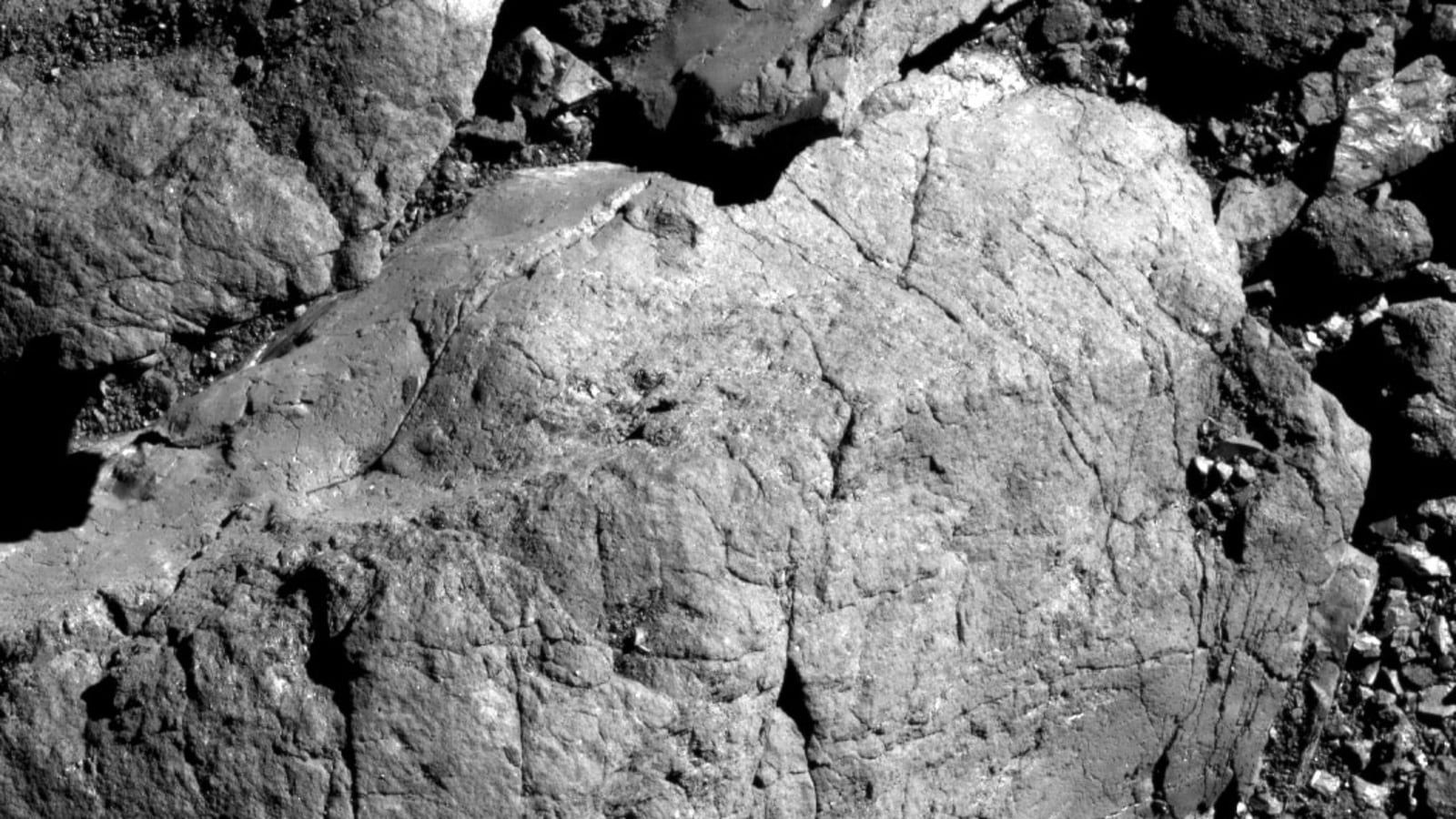These tiny grains of dust actually bounce on asteroids
The popcorn-like surface bursts of tiny grains of dust make the asteroid surface rough. Here’s what the latest study found.

NASA's OSIRIS-REx spacecraft arrived at near-Earth asteroid Bennu back in 2018 after travelling more than 1 billion miles with an aim to collect the sample and bring it back to the planet for further detailed analyses. Meanwhile, throughout the journey, asteroid Bennu never left a chance to show its unpredictable nature. Scientists predicted its surface to be smooth and dusty, its texture was found to be like rough sandpaper. Even the surface was littered with boulders the size of trucks.
You will be surprised to know that Bennu isn't alone in this aspect. According to a new study from physicists at the University of Colorado at Boulder, several tiny grains of dust may bounce around on the surface of several other asteroids, just like the popping corn kernels in a frying pan. Mihaly Horanyi, a co-author of the latest research said “We're realizing these same physics are occurring on other airless bodies like the moon and even the rings of Saturn. ”
Hsiang-Wen Hsu and his colleagues further investigated this mystery and printed in their research paper titled - “Fine-grained regolith loss on sub-km asteroids.” Hsu suggested that “boulder-rich scenery probably emerges on kilometre-sized and smaller asteroids within a few million years, as the electrostatic removal of fine-grained regolith dominates production by fragmentation.” The study suggests that the popcorn-like effect of grains on the asteroid may even help to clean up the smaller asteroids while losing dust over the surface. This is what may bring the rugged and craggy look.
Xu Wang, the co-lead author of the research explained that as the rays of the Sun clean the patches of the permeable rocky surface, the negative charges of the Sun start to create small grains of dust on the surface. It further explained that these charges will accumulate until the particles fall apart. Moreover, in a number of cases, these tiny grains of dust can even pop away at speeds of more than 20 miles per hour which is more than 8 meters per second! Wang, a research associate at LASP says, “No one had ever considered this process on the surface of an asteroid before.”
Catch all the Latest Tech News, Mobile News, Laptop News, Gaming news, Wearables News , How To News, also keep up with us on Whatsapp channel,Twitter, Facebook, Google News, and Instagram. For our latest videos, subscribe to our YouTube channel.




























